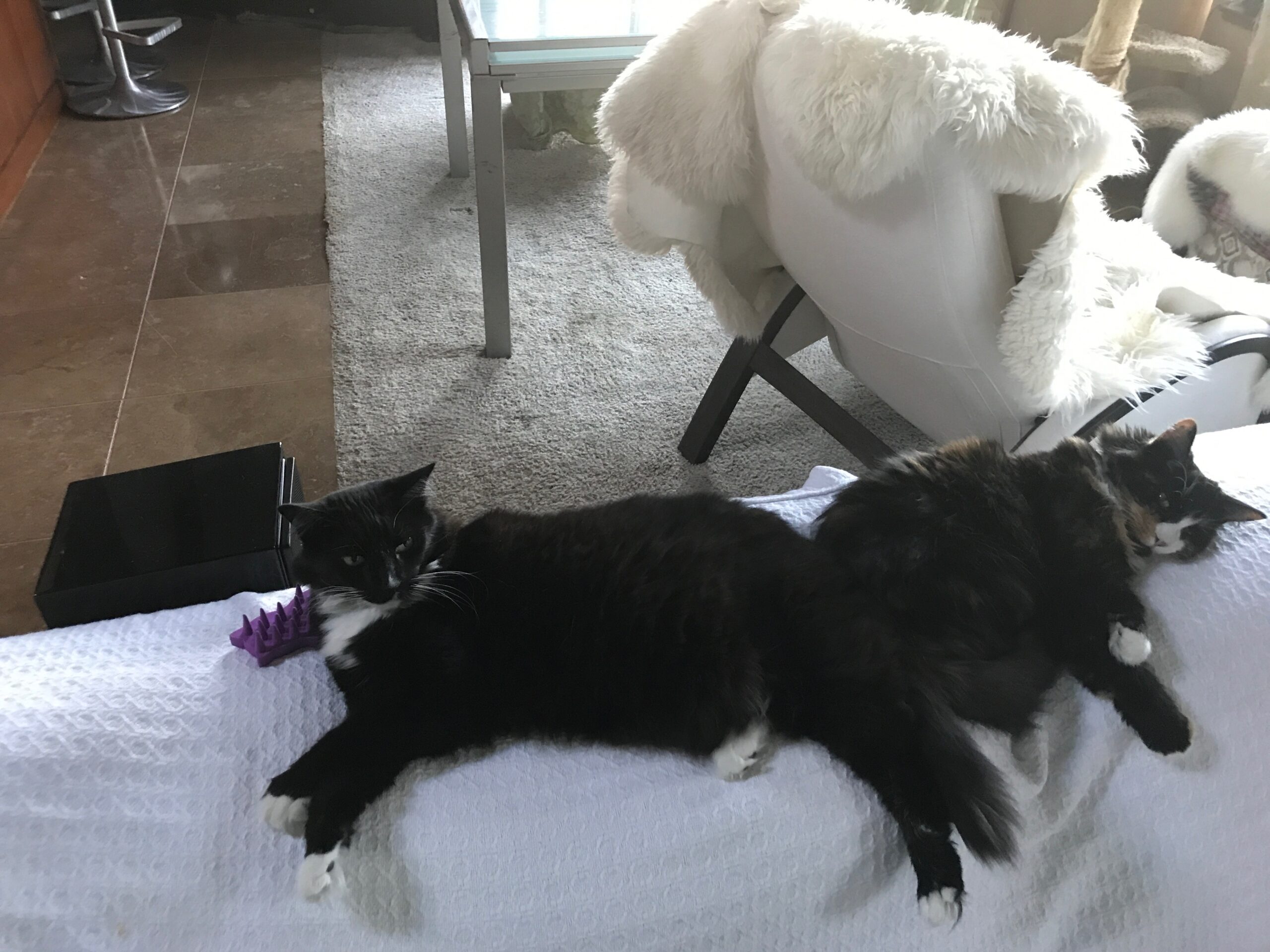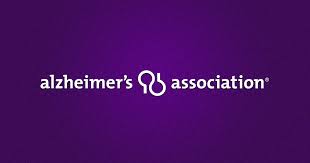This article is the fourth in a series of articles about myself, my past, and how I decided to start a home care agency on the Monterey Peninsula. In the first, I talked about a wonderful experience I had with a bedridden woman who eventually got up, went out and about and even on a tour. It shows that with enough encouragement, a lot can be accomplished.
https://familyinhomecaregiving.com/the-history-of-family-inhome-caregiving-part-1-the-rocking-chair/
In the second part of the series, I wrote about how my colleagues and myself had to come up with interesting activities for the residents to keep their minds and their bodies engaged. Read here about the wheelchair races we held:
https://familyinhomecaregiving.com/the-history-of-family-inhome-caregiving-part-2-the-race-is-on/
In the third, I discussed my prior experiencing working on the Alzheimer’s wing in a skilled nursing home. It can be quite a challenge!
https://familyinhomecaregiving.com/the-history-of-family-inhome-caregiving-part-3-alzheimers/
In my most recent blog, I will talk about my experience doing food service in a large skilled nursing facility, which can be quite a challenge. Working in a skilled nursing home is hard work and a lot of it. Not only are there caregivers, housekeeping and medical staff, but you also have nutrition staff that helps prepare the food and serve the meals to patients in their rooms and in the dining room. I remember one time I was asked to help out in the kitchen because they were low on staff, and it was an eye-opening experience. Not only do you need to know a variety of diets, like low carb, low salt, etc., but you need to know how to combine them and make them taste good as well. They asked me to peel some potatoes (more than two hundred!) and 90 minutes later, I finished. My hands sure hurt (have you ever peeled two hundred potatoes?). After the potatoes, I moved on to cleaning lettuce, and a lot of it! That day they would make meatloaf and fish, and I was surprised at how much meat was used. It was needed because we had around 200 patients in the facility. Mixing all the ingredients was easy, as they had a big professional mixing bowl. Once dinner was made, the employees that delivered the meals to the rooms came in to pick up the preloaded meal carts. Each tray had the room number and name of the patient that the meal was for. This was done so that special diet patients received the correct meal. We also had the patients that came into the dining area to eat their meal with others, a very social time of day. They pre- ordered their meal, so we had them lined up on a metal shelving unit with, again, their name and room number so the correct person received their proper meal. Sometimes the meals were mixed up, so one person would get the fish when they ordered the meatloaf and vice versa, but believe me when I say that the patient would let us know in no uncertain terms when there was a mix up. During that evening I was serving a meal to a person that had mild dementia and she thought she had ordered fish, but the card read meatloaf. There was a big commotion and the floor supervisor and the kitchen supervisor had to come in to calm the patient down and figure out what had happened. It turned out that the person writing the cards out mixed this lady’s order up with another lady in the same room. Once we found that out I went to the other lady (who stayed in her room to eat) to see if she received the correct meal. Well, of course she had not so I received another ear full before I could explain what had happened. Once I brought the correct meal in she was all smiles and happy to see that I personally brought her meal. She had forgotten what had happened just a few minutes earlier. Patients with dementia and Alzheimer’s are extremely difficult to work with. You need a lot of experience to know how to deal with them. It takes patience, kindness, understanding and compassion. I would hope that in today’s world the meal preparation and delivery around Monterey, Carmel, Pacific Grove, Pebble Beach and Salinas have new technologies that can make the process easier and make for a great experience for patients. I have seen Park Lane’s restaurant and it is genuinely nice. You can order your food like a regular restaurant so you can have a bigger variety of meals to choose from. Technology has been a friend during this time of Covid-19 and has helped to make some things easier and safer. I hope your next meal is a great meal! Bon Appetit







